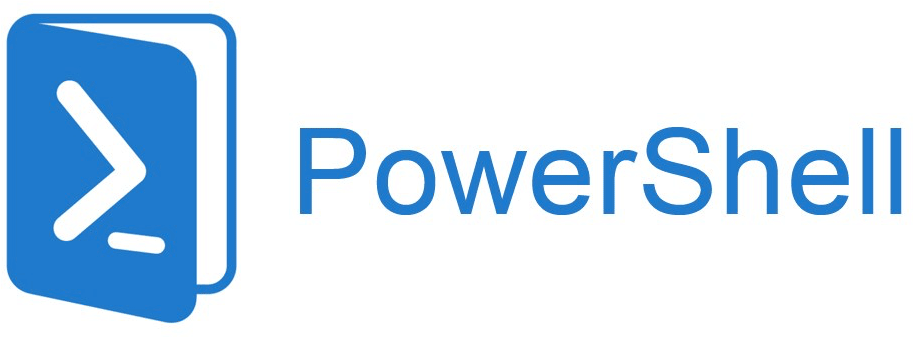Welcome to the world of PowerShell, a powerful scripting language and command-line shell designed specifically for system administration and automation tasks in Windows environments. Whether you’re a seasoned IT professional or just getting started, PowerShell offers a robust platform for managing and controlling your system efficiently.
Throughout this guide, we’ll explore the fundamentals of PowerShell and provide practical examples to help you grasp its concepts and unleash its potential in your daily workflows.
1. Opening PowerShell
1.1 Windows
- Press
Win + X, then select “Windows PowerShell” or “Windows PowerShell (Admin)”.
1.2 macOS
- Open “Terminal” from the Applications folder, then type
pwshand press Enter.
1.3 Linux
- Open your terminal, then type
pwshand press Enter.
2. Basic PowerShell Commands
2.1 Get-Help
The Get-Help command is used to get information about PowerShell commands.
Get-Help Get-Process2.2 Get-Process
The Get-Process command retrieves a list of running processes.
Get-Process2.3 Get-Service
The Get-Service command retrieves a list of installed services.
Get-Service2.4 Get-ChildItem
The Get-ChildItem command lists files and directories in the current directory.
Get-ChildItem2.5 Set-Location
The Set-Location command changes the current working directory.
Set-Location C:\Windows\System322.6 Clear-Host
The Clear-Host command clears the PowerShell console screen.
Clear-Host3. Variables and Output
3.1 Variables
You can create variables in PowerShell using the $ symbol.
$name = "John"
$age = 303.2 Output
You can display the value of a variable using the Write-Output command.
Write-Output "Hello, $name! You are $age years old."4. Scripts
4.1 Creating a Script
You can create PowerShell scripts with a .ps1 extension.
# ScriptName.ps1
$name = "John"
Write-Output "Hello, $name!"4.2 Running a Script
To run a script, use the ./ notation followed by the script name.
./ScriptName.ps15. Control Structures
5.1 If Statement
The if statement executes code based on a condition.
$number = 10
if ($number -gt 5) {
Write-Output "$number is greater than 5"
}5.2 For Loop
The for loop repeats a block of code a specified number of times.
for ($i = 1; $i -le 5; $i++) {
Write-Output "Count: $i"
}5.3 Foreach Loop
The foreach loop iterates through items in a collection.
$fruits = "Apple", "Banana", "Orange"
foreach ($fruit in $fruits) {
Write-Output "Fruit: $fruit"
}6. Working with Files
6.1 Reading a File
You can read the contents of a file using Get-Content.
Get-Content C:\path\to\file.txt6.2 Writing to a File
You can write to a file using Set-Content.
Set-Content C:\path\to\newfile.txt "This is the content of the file."6.3 Copying Files
The Copy-Item command is used to copy files.
Copy-Item C:\path\to\file.txt D:\backup\file.txt7. Working with Services
7.1 Starting a Service
The Start-Service command starts a service.
Start-Service -Name "serviceName"7.2 Stopping a Service
The Stop-Service command stops a service.
Stop-Service -Name "serviceName"7.3 Restarting a Service
The Restart-Service command restarts a service.
Restart-Service -Name "serviceName"8. Conclusion
In this tutorial, we’ve covered the basics of PowerShell, including common commands, variables, scripts, control structures, and working with files and services. PowerShell is a versatile tool for system administrators and developers, offering powerful capabilities for managing and automating tasks in Windows, macOS, and Linux environments. As you become more familiar with PowerShell, you can explore its extensive command library and advanced scripting features to streamline your workflow and improve productivity.

